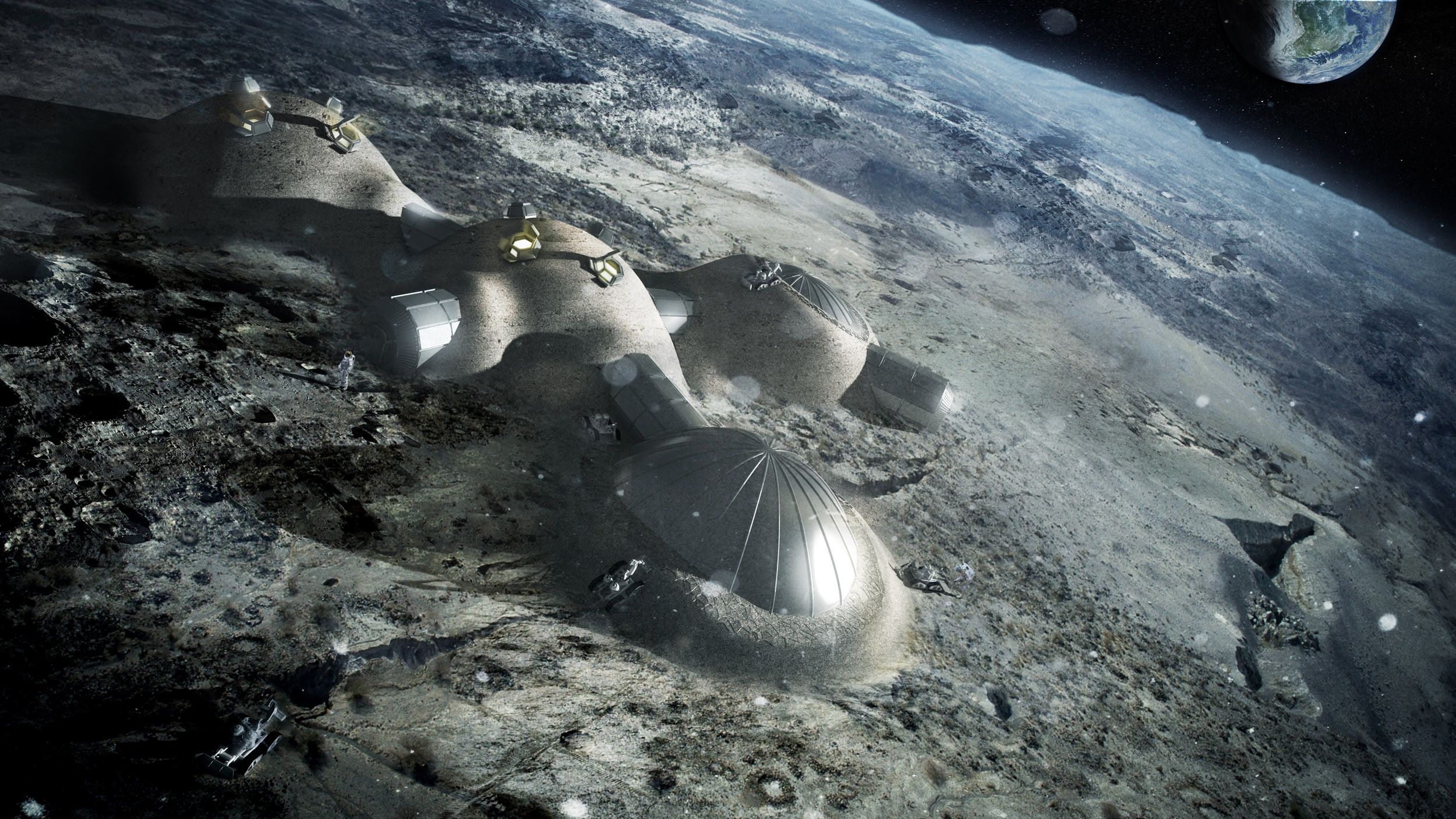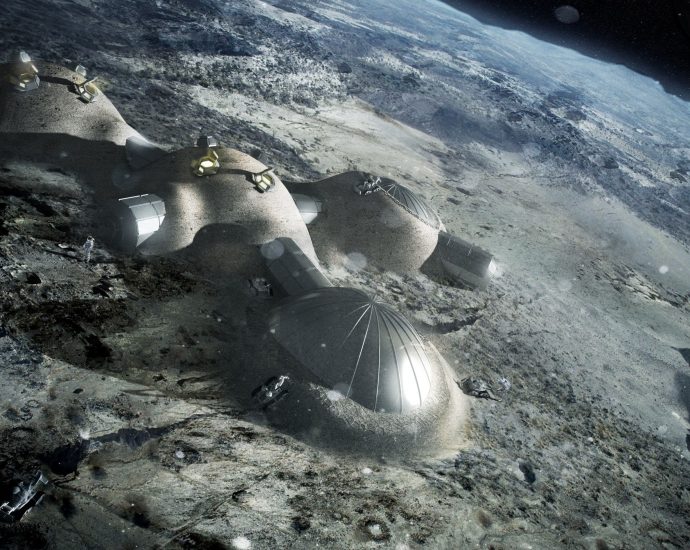The reactor will help sustain future missions on the moon, Mars and beyond, according to NASA.

Do you or a friend know how to build a uranium-powered nuclear reactor that can fit inside a 12-foot-long by 18-foot-wide (4 by 6 meters) rocket? Can you get the job done by the end of the decade? If so, then NASA and the U.S. Department of Energy would like to hear from you!
According to a statement from the Department of Energy’s Idaho National Laboratory (INL) on Nov. 19, the lab is teaming up with NASA to put a “durable, high-power, sun-independent” fission reactor onto the moon within the next 10 years. The two agencies are currently seeking proposals from outside partners to get this lofty project started, with a submission deadline of Feb. 19, 2022.
This hypothetical reactor would help turn the moon into an extraterrestrial base for human space exploration, including future manned missions to Mars, agency officials said.
“Plentiful energy will be key to future space exploration,” said Jim Reuter, associate administrator for NASA’s Space Technology Mission Directorate in Washington, D.C., said in the statement. “I expect fission surface power systems to greatly benefit our plans for power architectures for the moon and Mars and even drive innovation for uses here on Earth.”
The call for proposals comes with some basic guidelines. The proposed reactor must be a uranium-powered fission reactor — that is, an apparatus that can split heavy atomic nuclei into lighter nuclei, releasing energy as a byproduct. (Nuclear fusion, on the other hand, involves combining two or more lighter atoms into one heavier one, also releasing energy in the process).
The reactor must weigh no more than 13,200 pounds (6,000 kilograms), and fit into a rocket with the dimensions listed above. The reactor will be assembled on Earth, then launched to the moon, where it must provide 40 kilowatts of continuous electric power for 10 years. The reactor must also have temperature controls to keep the device cool. (The moon can reach more than 260 degrees Fahrenheit, or 127 degrees Celsius, during the day, according to Live Science’s sister site Space.com).
The request for proposals comes while NASA begins ramping up its Artemis program, which aims to create a sustainable human presence on the moon by the end of the decade. The program, which plans to return humans to the moon for the first time since 1972, is estimated to cost around $93 billion.





















